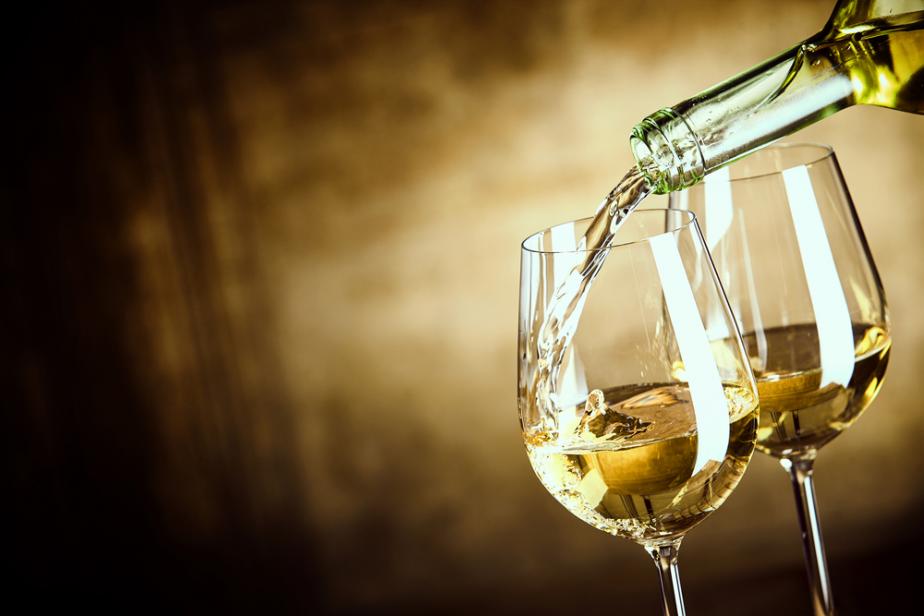
When you have been saving that one particular bottle of wine for a special occasion, the last thing that you want is to have the moment spoiled by unknowingly serving the wine incorrectly. After all, you have gone to all the effort of ensuring the bottle is kept in top condition in your wine rack, so why let the experience be ruined at the last hurdle? Wine should be savoured and appreciated, so make sure that you are serving your wine correctly and let the delicate intricacies of the individual taste take hold in order to maximise enjoyment.
There are plenty of guidelines out there for serving wine, but the problem is that many wines - vintage bottles especially - are particularly complex and therefore require unique methods of serving. We have put together a rough guide to the best ways to serve wines, but you should always make sure to take note of any specific guidelines on the individual bottle in order to ensure that your wine tastes as good as possible.
Opening the Bottle
Firstly, before you can serve the wine, you must open the bottle. While opening a bottle can usually be left to common sense, there are some best practices for opening wine bottles. Traditionally, wine bottle foils are cut from the bottom lip in order to catch any unsightly drips. However, modern practices, particularly at wine tastings and when using foil-cutting gadgets, will cut the foil at the top lip while some wine bottles have attached the foil in a way that it can be simply pulled off.
With the foil removed, using a corkscrew, screw the worm (the curly metal part of the corkscrew) into the cork slightly off centre. This will help to keep the diameter of the worm central and prevent the cork from tearing and falling into your wine or making a mess.
Decanting the Wine
It’s common to hear sommeliers talking about letting a wine ‘breathe’ before getting down to the tasting. The act of letting a wine breathe through decanting is a great way to get more aromas and flavours from your wine and enjoy it at its fullest. This can be done by pouring your wine from the bottle into a glass pitcher or dedicated wine decanter and allowing to sit for between 30 to 45 minutes. The process can be sped up by using a wine aerator device which will decant your wine instantly, preventing the need to let it sit before tasting.
Traditionally, only full-bodied red wines were decanted, however, every wine can be improved through decanting prior to tasting and it’s particularly helpful at removing sediment from older bottles that have been sat for some time. When pouring into the decanter, pour slowly until any dregs sit in the shoulder of the bottle. If you are worried about the dregs getting into the decanter, use a coffee filter or fine mesh sieve – don’t throw those leftovers away, however, as they can be used in gravy!
While there is no set rule for how long your wine should be left to breathe, it is perfectly acceptable to decant younger wines much earlier than older bottles. Want a bit more flavour from your wine? Double decant to make the ingredients sing!
Temperature
Serving wine at particular temperatures affects its taste, which is why different varieties should be served at different temperatures. The temperature will impact the way that the wine both smells and tastes, so it is important to get it right so the wine can reach its full potential. When preparing to host guests, choose your favoured wine from your contemporary wine rack the day before so you can bring the wines to the correct temperature before your guests have arrived.
Although each individual wine will be different, as a general rule, red wine should be served cool, rather than the common misconception of room temperature. Light and medium-bodied reds should be served at 12-18 degrees Celsius, whereas full-bodied reds are best served barely below room temperature at around 18-20 degrees Celsius. Whites and rosés should be served cold – 12-15 degrees Celsius for rosé, 10-14 degrees for full-bodied whites, and 7-10 degrees for light or dry white wines. Lastly, sparkling wines are at their best served ice cold; 5-10 degrees Celsius is the optimum temperature range and will create delicate bubbles rather than a frothy pint-like top. Store the bottles in an ice bucket half an hour before serving to reach the desired temperature.
Once you have served everyone their first glass from the bottle, you’ll want to keep wines differently on the table. Sparkling wines can go back into the ice bucket; white and red wines across all body types can be left on the table. The aromas and tastes will develop as the wine is allowed to sit in the open air, making each glass richer than the last.
Wine Glasses
Now that your wine is at the right temperature, you need to make sure that you have the best glass for the occasion. The glass may not seem particularly important, but it is actually an essential part of ensuring that the experience is as good as possible. A good wine glass should give you a clear view of the wine and concentrate the aromas, allowing deeper scents to develop as the wine breathes while the lighter, fruitier scents will leap from the glass straight away. Whether or not your wine glass has a stem will not affect the taste but novelty wine glasses without room at the top for aromas will take away from your flavour experience.
White wines are best served in a smaller wine glass as this will help to preserve the aroma and keep the wine at a chilled temperature. On the other hand, using a larger bowled glass with red wine will ensure more aromas can be enjoyed. Larger, ‘Bordeaux’ style glasses are great for rich, full-bodied wines and ensure a smooth taste with more surface area for the ethanol to evaporate.
In need of somewhere to store your wine before it’s ready to be served? Browse our full range of modern and contemporary wine racks or have a look at our bespoke wine rack service. We will ensure you find the perfect match for your home.
 Designed and Manufactured in the UK
Designed and Manufactured in the UK 